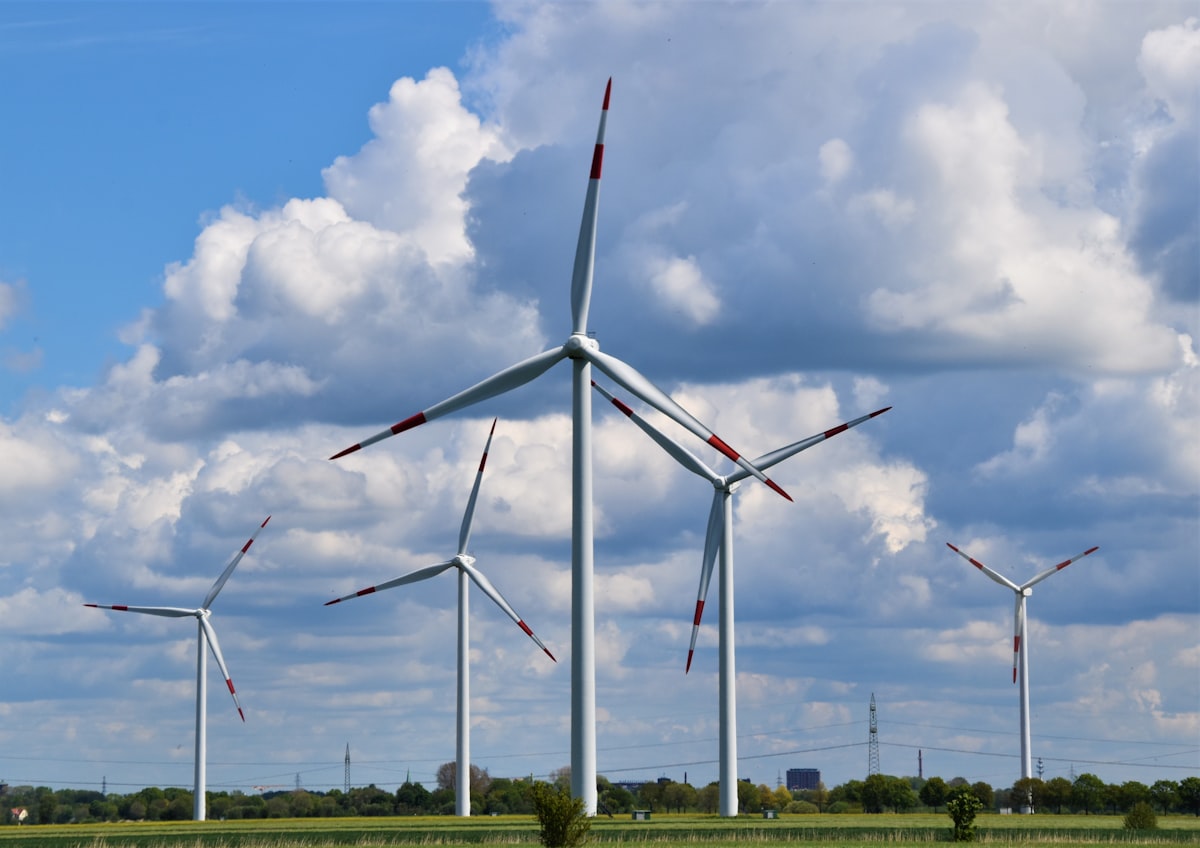
This article has been redacted by our consultants engaged in one of the Green Practices teams : Green challenges
Green challenges: Wind power projects.
Outside of urban areas, spaces become scarce and neighborhoods are reluctant to accept new wind power projects. In the current context of exploding energy prices and global warming, how can wind energy be used in urban areas to produce accessible and local energy while encouraging citizens to participate in such a project ?
The context
Over the last ten years, wind energy has generally grown strongly: in Belgium, Luminus built its first wind farm in 2004 and in 2022 they have already installed their 250th wind turbine.
Wind power is mainly developed outside cities, along major roads or in the countryside, in order to limit the disturbances to the neighborhoods to a minimum. Unfortunately, there will come a time when the development of onshore wind energy will reach the limits of available space in Belgium. The question then arises: how can wind energy be used in city to produce green and local energy?
In the current context of exploding energy prices and global warming, the question of developing local, green and accessible production units is worth asking.
The challenge
The challenge is the following : “ How to use wind energy in urban areas in order to generate accessible and local energy and at the same time encourage citizens to participate in such a project?“
Although the use of wind energy in cities presents many opportunities, Luminus has currently no wind projects in urban areas. Indeed, their core business is focusing on high-scale wind turbines that are therefore unsuitable for an urban environment. This is due to certain constraints :
- Wind is difficult to catch in cities : unstable winds, which technology/solution to bring ?
- Noise and visual disturbances for the neighborhoods : how to convince neighborhoods ?
- Limited spaces : population density is much higher in cities so where to install such technologies ?
- In order to help Luminus with this challenge, the students were asked to present an innovative solution for an urban wind project in Brussels and find solutions to motivate and get the citizens to adhere to this project
…while including the « social » dimension. The targeted groups are broad : companies with flat roofs, public service buildings, social housings…
The key takeaways
Here are some ideas proposed by the students in order to tackle the problem :
- Using the air movement created by the underground metro;
- Using smaller-scale wind turbines which are cheaper and need less maintenances;
- Combining wind and solar energy on building roofs;
- Creating “energy communities” where people would benefit from a stable and lower energy prices thanks to renewables.

